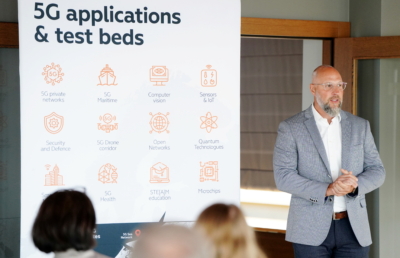In 2018, during the 5G Techritory forum, Estonia, Latvia, and Lithuania signed a Memorandum of Understanding of the Baltic States on the Development of Interconnected and Automated Driving and 5G Technology in the Via Baltica digital corridor. Or the Digital Baltic Road, in short.
The project aims to connect the main Latvian, Estonian, and Finnish transport logistics corridors, synchronizing C-ITS (Corporative-Intelligent Transport Systems) operations and data exchange. That way, it is planned to optimize international logistics, mainly for large-scale transport and production companies to improve their supply chain management.



